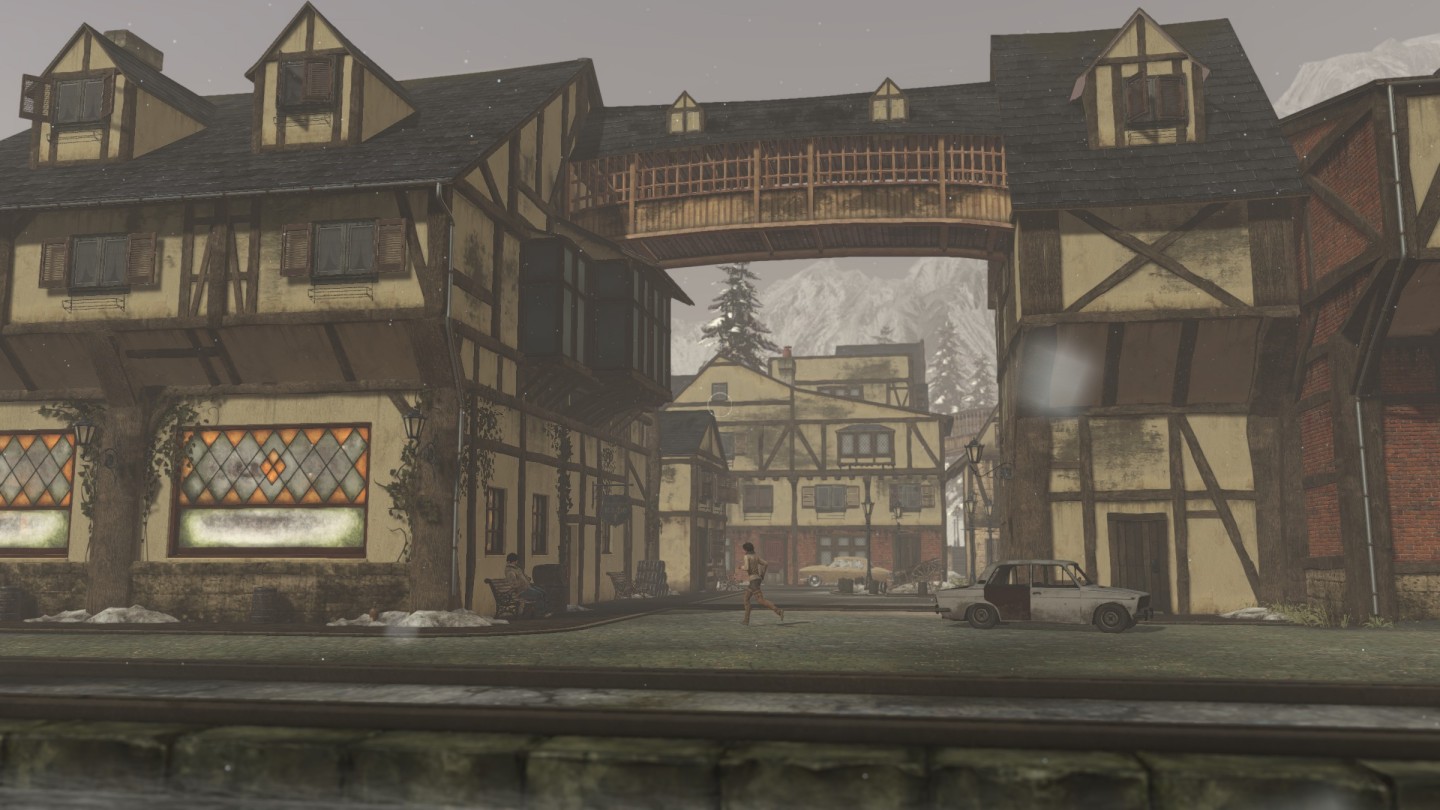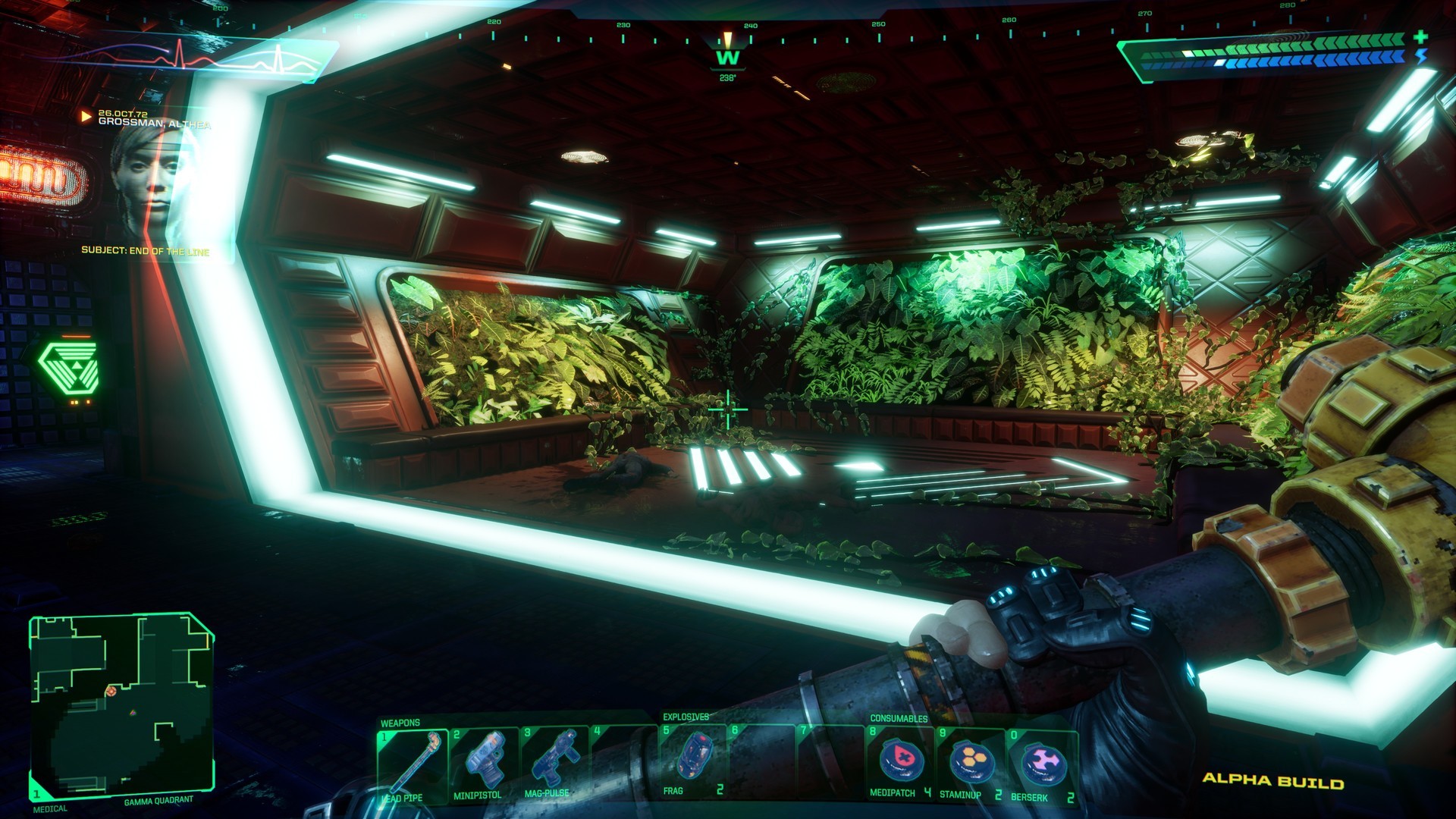
That said, this approach does make some sections frustrating too. And due to this, the game does feel like if Myst was a guided experience, instead of being “just do stuff and guess what’s going on”, in a very positive way. The game so heavily underutilizes its point and click-ness, in fact, that it could easily be turned into a modern style adventure game with direct control, as you never have to click on something far away to hear a descriptive comment, which is the most common use for this type of a game. You get screens upon screens of nothing but beautiful vistas and many a location with just one gameplay action, which is pretty uncommon even for the more Myst-like first person view titles of the genre. And as memorable is the simple yet effective story of Kate Walker switching from being a white collar worker who is on a mission to get the contract signed into an adventurer who is genuinely enjoying the situations she gets in and problems she gets to solve.īut what was even more strange is being reminded how bizarre its approach to the gameplay of a point and click adventure with third person perspective and fixed camera angles was.

Visually the game remains very memorable, mixing “clockpunk” and art nouveau elements in novel ways while exploring fictional parts of the world that have been seemingly stuck in time, intentionally contrasting the mundane world.

It was very strange to replay Syberia, having surprisingly good memory of what happens in the game despite not seeing it for almost 20 years. While I have played both Syberia and its sequel when they were new, and did enjoy them (the original more than the second game), I haven’t replayed them ever since until now. And also started a short, but pretty decent run of adventure titles made by Microïds that ended around the time of the Sinking Island. And to be absolutely frank, Syberia itself often times felt like it didn’t really know how to approach the genre either, yet it so elegantly stumbled through its beautiful locations with its wonderful magic realist story that it pretty soon became a critical darling at least in some circles. But otherwise, it felt as if nobody really knew at the time what to do with the genre and how to approach it. It wasn’t like the genre didn’t have any recent fantastic examples, The Longest Journey being from a few years before.


Twenty years ago in 2002 when Syberia was released, the point and click adventures were on a decline. O tempora is a series of retrospective posts where I play games from ages before to see if they stood the test of time.


 0 kommentar(er)
0 kommentar(er)
